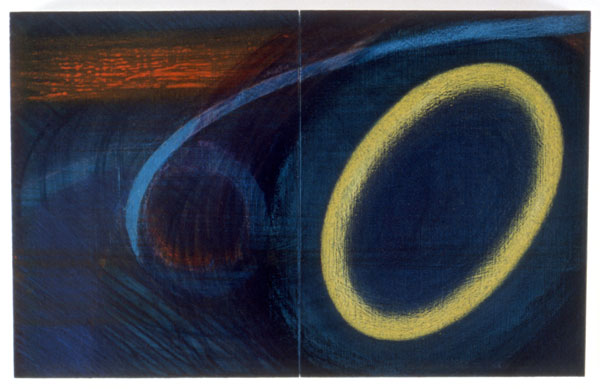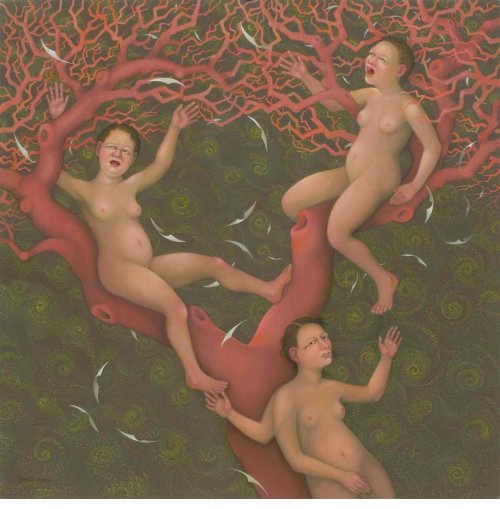
Hector McDonnell, Ulster Artist
This how the House of Lords ends—in the arts.
Hector McDonnell is an established painter, etcher and illustrator born and raised in County Antrim, Northern Ireland. Raised in Glenarm Castle to be exact. McDonnell is the younger son of the 13th Earl of Antrim, Ulster’s only aristocratic Catholic titleholder. Hector’s older brother—an architect—is the 14th Earl, still living in the family castle. Glenarm, like so many of England’s great houses, helps pay the heating bills by opening itself to the public at certain times of the year, as well as for weddings and corporate events. Continue Reading




